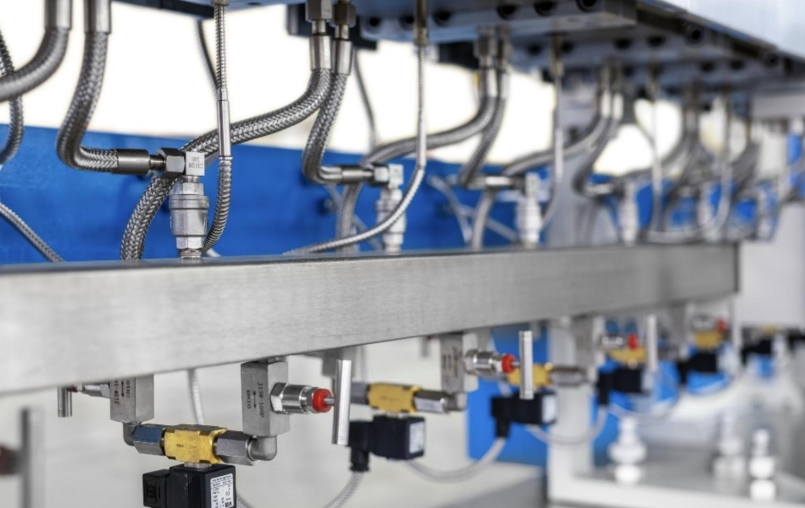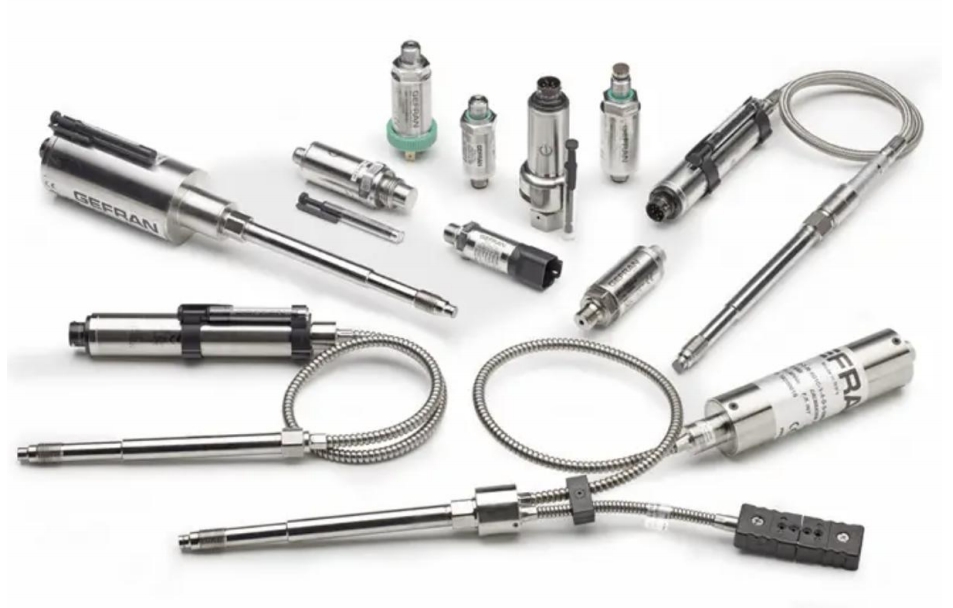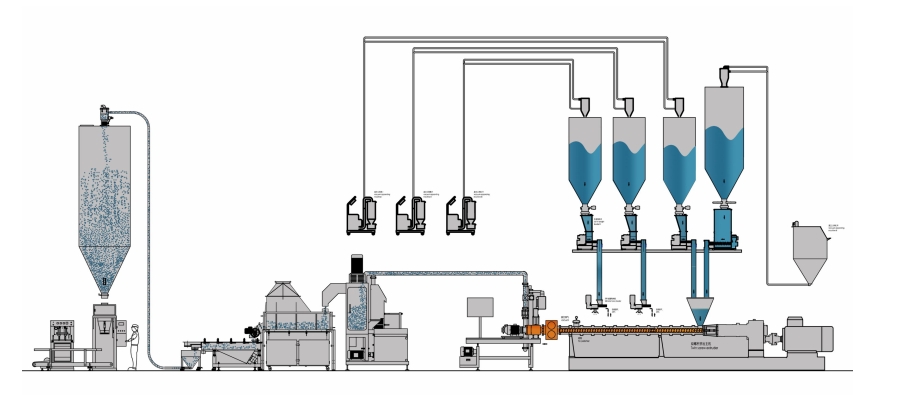TPE (Thermoplastic Elastomer) is a versatile plastic material with properties of both thermoplastics and elastomers. Widely used in automotive, medical, electronics, sports equipment, and more. KYmach is dedicated to offering top-notch twin screw extruder machine for TPE pelletization (TPE/TPV/TPU/TPA). Let's share some experiences.
1. Easy Feeding: Pellets simplify the feeding process, eliminating the need for a forced feeder.
2. Higher Density: Pellets enhance product quality with their higher density.
3. Reduced Volatility: Pellets have fewer volatile components, minimizing bubble formation.
4. Improved Dispersion: Functional masterbatch pellets provide better dispersion in extruder compared to direct addition of functional additives.
1. Temperature:
Temperature plays a crucial role in TPE extruder extrusion and billet performance. Lowering melt viscosity improves flow and reduces extruders’ power consumption. Increased screw speed enhances material blending without compromising plasticization, bringing a better final product. However, excessive melt temperature can lead to sagging and uneven wall thickness. For precise control, KYmach has independently developed and produced high-performance KY alloy heaters. Each zone is equipped with a temperature control unit and a cooling unit, ensuring more accurate temperature regulation.

2. Melt Pressure:
1. Consistent Pressure: Maintain uniform melt pressure entering the extruder die for stable billet and final product performance.
2. Achieving Uniform Blending: Appropriately increasing melt pressure inside the extruder ensures consistent material blending.
3. Control with Pressure Gauge: Install a pressure gauge in the extruder's discharge section to manage melt extrusion pressure.
KYmach has installed the Italian-imported 'GEFRAN' pressure sensors and transmitters on our twin screw extruder, it has the features as following:
- Higher Accuracy: Utilizing advanced technology, GEFRAN sensors provide precise pressure measurements for reliable feedback in industrial automation control systems.
- Good Stability: Rigorous quality control ensures the product's stability, maintaining consistent performance in diverse working environments, and minimizing faults and errors.

1. Water cooling strand pelletizing system
This is the most common pelletizing method for TPE, with simple equipment and processes. The material is melted and extruded into round strands, often used for hard TPE.

2.Underwater pelletizing system
Currently, the twin screw underwater pelletizing system serves as a paradigm for high-quality pelletizing systems, featuring superior design performance, especially in terms of the automated control system. It offers advantages such as highproduction capacity, small footprint, low noise, and stable operation. Underwater pelletizing TPE offers these advantages:
1. Round, aesthetically pleasing, and non-adhesive pellets.
2. The template with numerous holes allows high-speed rotation of the cutting blades, bring high production.
3. Pellets transported with water offer a noise-free operation.
4. The closed operation ensures excellent quality without dust or impurities.
Our models for your selection:


Looking forward to everyone joining the discussion and sharing more information about TPE and co-rotating Parallel twin screw extruder.
 Tel: +86-25-52706155
Tel: +86-25-52706155
 E-mail: info@kymach.com
E-mail: info@kymach.com
 No.59 West Tianyuan Road, Jiangning, Nanjing, Jiangsu Province, China
No.59 West Tianyuan Road, Jiangning, Nanjing, Jiangsu Province, China